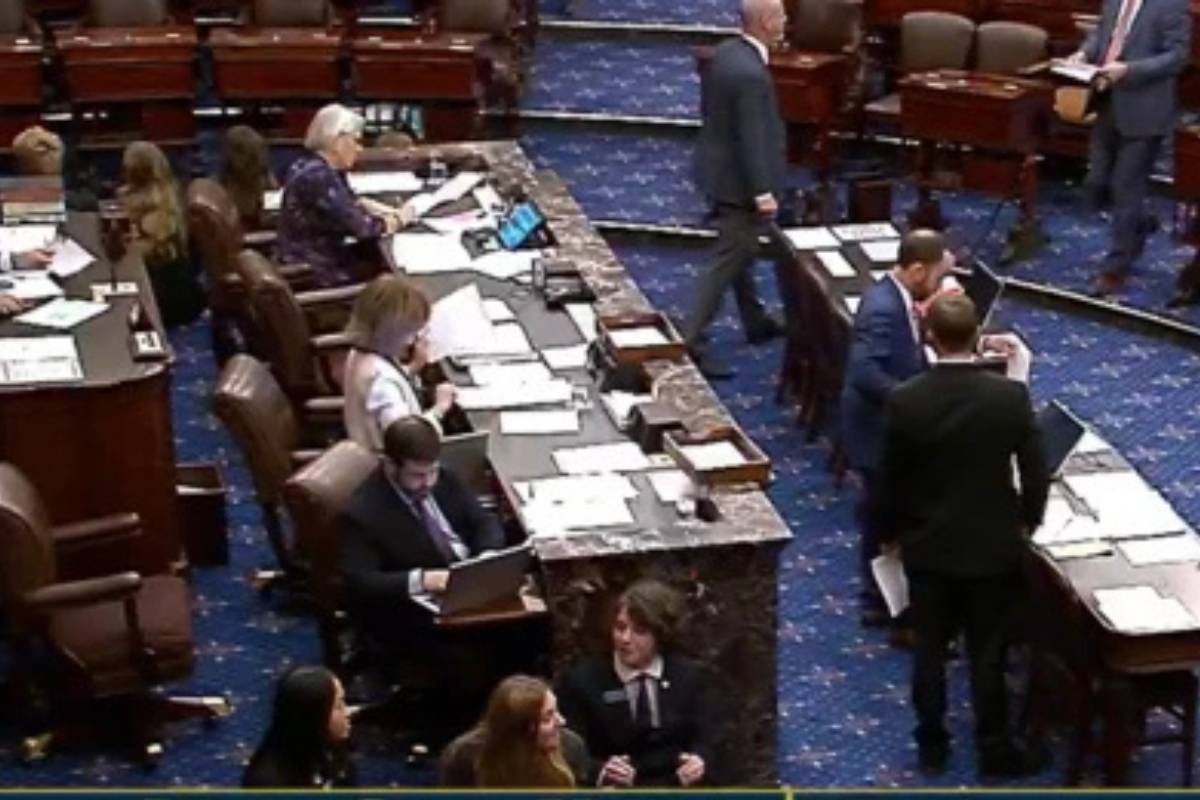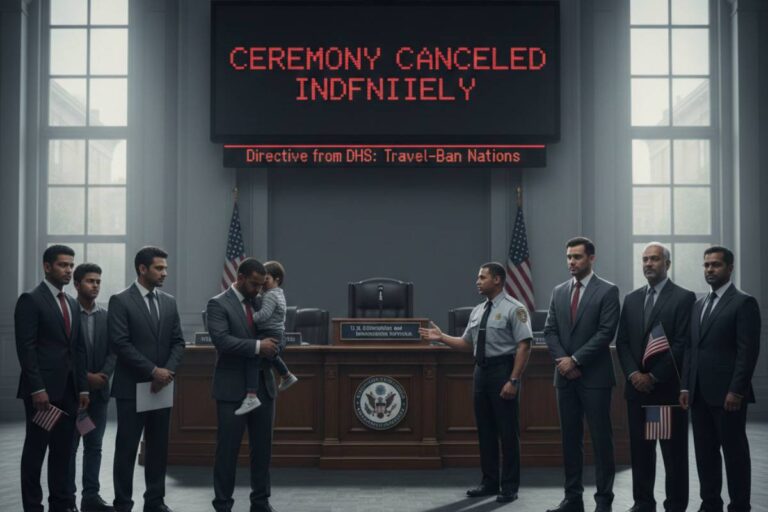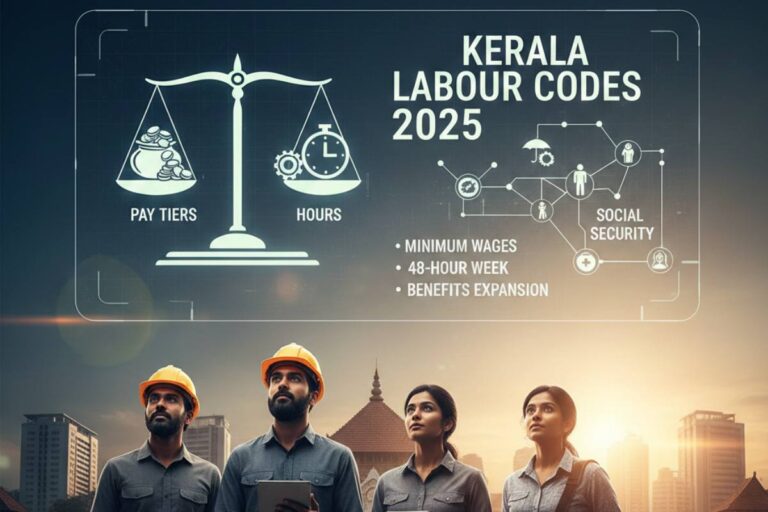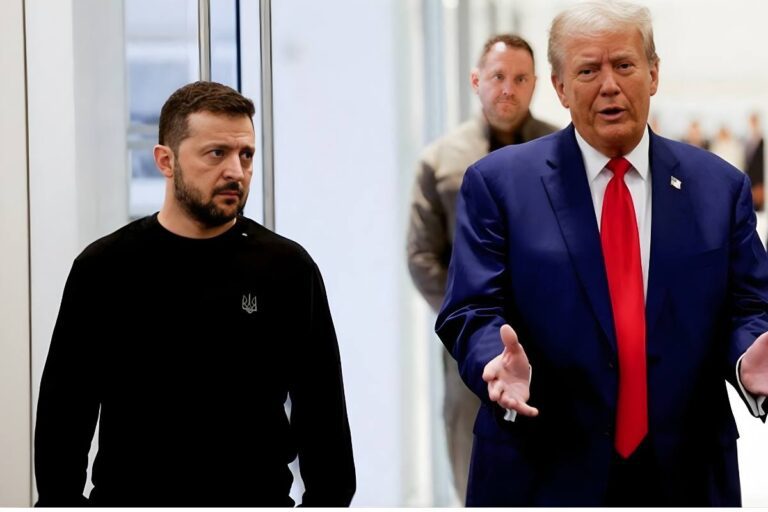The US government has been closed for 20 days in a row, making it the longest full government shutdown in US history. And it doesn’t look like it will ever end.
The Senate failed once more on Monday to pass a funding bill that would have reopened federal agencies and brought back paychecks for hundreds of thousands of workers. The vote, which was 50-43, was the 11th time that Washington has tried and failed to break the political deadlock that has been going on since October 1. Millions of Americans are stuck in the middle of a standoff that is starting to feel less like a negotiation and more like a test of wills.
Political Standoff Over Healthcare Subsidies
The thing is, this isn’t really about the budget anymore. It’s about health care.
Democrats won’t back the House’s continuing resolution unless it includes language that would extend the enhanced subsidies under the Affordable Care Act, which are set to end at the end of this year. These aren’t just vague policy ideas; they’re subsidies that have helped millions of Americans, especially those with moderate incomes, afford health insurance since 2021.
On the other hand, Republicans say they won’t even talk about healthcare subsidies until the government reopens. House Speaker Mike Johnson has been very clear: there will be no negotiations, no changes to the House bill, and no moving until Senate Democrats pass what the House already sent them. People in his own party are starting to criticize him more and more for this strategy, while conservatives are praising him for it.
The enhanced premium tax credits in question were first passed during the COVID-19 pandemic as a short-term measure to help families who were having a hard time during lockdowns. Democrats extended them until 2025, and now they’re trying to make them permanent, which would cost about $400 billion over the next ten years.
Without those subsidies, about 1.6 million Americans who make more than 400 percent of the federal poverty level would lose help that limits their premium payments to 8.5 percent of their income. But the real effect goes deeper: the nonprofit health research group KFF says that if Congress doesn’t do anything, the average premium for subsidized enrollees could more than double.
Speaker Johnson’s Tough Line Strategy
Mike Johnson isn’t going to give up. The Louisiana Republican has kept the House on break since September 19, which means there hasn’t been a vote in almost a month.
Why does he think that? Stress. Johnson thinks that if he doesn’t bring lawmakers back to Washington, Senate Democrats will have to give in and pass the House funding bill without any policy changes. It’s a risky move that shows a more aggressive side of a speaker who is usually calm and collected.
Johnson was very clear at a press conference with Republican leaders, including House Freedom Caucus chair Andy Harris. He was clearly upset when he said, “This is exactly why Chuck Schumer is pandering in this whole charade.” “We’ve been clear from the start that the shutdown is only about one thing: Chuck Schumer’s political survival.”
But even Johnson is starting to lose his cool. On the 16th day of the shutdown, the speaker raised his voice during a press conference but then stopped himself. “I’m sorry, but this makes me very angry,” Johnson said. “We need to stop putting the American people in danger because of these crazy political moves. I don’t like being angry, Mike; I want to be happy, Mike.”
Republican Unity Starts to Break Down
However, not everyone in the GOP agrees with Johnson’s plan.
Marjorie Taylor Greene, a representative who never holds back, openly criticized the speaker’s plan on social media. Greene wrote on X, “The House should be working in session.” “We should be finishing up the appropriations. Our committees should be working. We should be passing bills that make President Trump’s executive orders permanent. I don’t respect the decision not to work.”
Her words echo the growing anger on the party’s right side, which wants the House to be actively making laws instead of sitting around. Kevin Kiley, a Republican from California, said the same thing. He called the situation “absolutely ridiculous” and asked why Congress had canceled four weeks of planned work “for no discernible reason.”
Even Representative Jay Obernolte, who usually doesn’t bother leadership, met with Johnson in private to talk about how bad it looks for politics to keep the House from meeting. Obernolte is from a California district with five military bases that have been hit hard by the shutdown. This gives him a front-row seat to the effects.
Protests Against “No Kings” Spread Across the Country
While politicians in Washington fought, millions of Americans marched.
The “No Kings” protests on October 18th brought in between 4.4 and 7 million people at about 2,700 locations across the country. This could make it the biggest protest in American history on a single day. People protested against what they called authoritarianism and called for accountability in places like Washington, D.C.’s National Mall, Chicago, New York City, Los Angeles, and many smaller towns.
To be clear, the protests weren’t just about the shutdown. Organizers said they were upset about several things, such as:
- Immigration enforcement policies
- Cuts to federal education funding
- Environmental rollbacks
- Worries about the executive branch going too far
But the government shutdown definitely made things worse, with signs saying “We want all of the government to work” and protesters wearing yellow to show they were all in this together.
Senators Bernie Sanders and Chris Murphy spoke to crowds in the capital, and Bill Nye, the Science Guy, spoke out against what he called the administration’s lack of respect for “basic scientific facts.” Amanda Nature, a former USAID employee, summed up what many protesters felt: “50% of the country did not vote for a government shutdown or the dismantling of the government and the services people depend on.”
The protests were mostly peaceful, and the ACLU worked with the organizers to hold online safety trainings ahead of time. Around 200 groups worked together to plan the protests. Some of these groups were:
- The American Civil Liberties Union
- Planned Parenthood
- MoveOn
- The American Federation of Teachers
Federal Workers Take the Most of It
Real people are suffering real consequences behind the political theater.
About 900,000 federal workers have been put on leave, and 700,000 more are working without pay. Senate staff members were told that they would not be getting paid during the shutdown. Medicare, Medicaid, and airport security are still running, but the people who work there don’t know when they’ll get paid.
Things got even worse on Monday. The National Nuclear Security Administration of the Department of Energy put about 1,400 federal employees on leave. Many of these workers are in charge of keeping the US nuclear weapons stockpile up to date and in good shape. Roger Wicker, the chairman of the Senate Armed Services Committee, didn’t hold back when he said, “The decision hurts national security.”
Transportation problems are also getting worse. The Transportation Security Administration said that major airports, like Atlanta’s Hartsfield-Jackson International Airport, had longer-than-usual wait times because there weren’t enough staff members because workers calling in sick or looking for temporary work elsewhere. Is it their fault? It’s not possible to keep working without pay, especially when bills are piling up and you need to buy food.
Real People, Real Change
For example, Celia Monreal, who is 47 years old and relies on the Affordable Care Act marketplace for her health insurance. She and her husband Jorge, who is 57, are getting more and more worried as they watch this political fight. If Congress doesn’t extend those healthcare tax credits by the end of the year, their plan, which is fully paid for, will no longer be affordable.
Monreal said, “It scares me sometimes because if you’re not healthy, then you’re not here for your kids.” Her voice captured the impossible choice that many families face. “It’s difficult, because OK, do I spend $60 on a doctor’s visit or do I buy groceries?”
Jorge needs to have surgery on his knees. Celia has to deal with high blood pressure all the time. Jorge has high cholesterol that needs to be treated. These aren’t extra things; they are things you need. But without those subsidies, the Monreals might not be able to get either healthcare or other basic needs. In a rich country, no family should have to make this kind of Sophie’s choice.
The Economic and Administrative Fallout Gets Worse
The Office of Management and Budget defended its controversial decision to pause over $11 billion in Army Corps of Engineers projects, citing a need to “reorient federal funding.” But that’s just bureaucratic language for stopping real projects, putting real workers on hold, and making real communities wait longer for infrastructure they’ve been counting on.
Many federal agencies are only partially open or have stopped working altogether. There are problems with:
- The National Institutes of Health
- The Centers for Disease Control and Prevention
- The WIC program, which helps low-income pregnant women and children with food
During an appearance on CNBC, Kevin Hassett, the White House economic adviser, tried to sound hopeful. Hassett said, “I think the Schumer shutdown will probably end sometime this week.” He thought that some Democrats had put off negotiations until after the No Kings protests were over. That was last week, though, and now we’re here… still closed.
Competing Proposals Don’t Get Anywhere
Senate Majority Whip John Thune suggested a bill that would pay federal workers who were affected by the shutdown. This was an attempt to help families who were having a hard time making ends meet without paychecks. It seemed like a nice thing to do, right? A little bit of humanity in the middle of the political games.
But House Minority Leader Hakeem Jeffries turned it down, saying it was “a political ploy to pick and choose which employees get paid.” And he wasn’t the only one who didn’t believe it. Senator Tommy Tuberville, a Republican, also didn’t like the idea. He said that paying workers now would “take the pressure off lawmakers to find a way out of the shutdown.”
So even attempts to help a little are stuck in the same partisan gridlock that caused this mess in the first place. This is a catch-22 that makes everyone angry and doesn’t help anyone.
Trump Goes About His Business as Usual
Even though there is still a crisis going on, President Donald Trump welcomed Australian Prime Minister Anthony Albanese to the White House. There, the two leaders signed a rare minerals agreement to improve cooperation between the US and Australia on important supply chains. The move, which is clearly meant to counter Chinese influence in the region, shows that international diplomacy goes on even when domestic politics come to a standstill.
Separately, an appeals court granted the administration permission to send National Guard troops to Portland. Trump officials called this a “significant victory” in their ongoing legal battles over executive authority. The administration’s plans keep moving forward, whether there is a shutdown or not. This raises questions about what is most important and what is “essential” in 2025.
A Look Back in Time and a Comparison
If the shutdown goes on past Tuesday, which it looks like it will, it will be the second-longest government shutdown in American history. The only other time the government was partially shut down for 35 days was during Trump’s first term, from December 2018 to January 2019.
But here’s the important difference: this is already the longest time the US government has been completely shut down. Some agencies were affected by long shutdowns in the past, while others stayed funded. This time, it’s complete. The effects are bigger, the problems are worse, and the precedent is more worrying for future budget fights.
What Will Happen Next?
That’s the big question, isn’t it? The 50-43 vote shows that no new Democrats have left the party, which makes the political divide seem as strong as ever. Both sides are dug in, sure that they are right morally and politically, and neither is willing to back down.
Republicans say that Democrats are holding the government hostage because of healthcare subsidies. Democrats say that Republicans would rather let millions of Americans lose affordable health care than negotiate in good faith. And in the middle of those two stories are federal workers who are behind on their mortgage payments, families who are putting off getting medical care, and essential services that are running on fumes.
The message from Capitol Hill is clear: the protests get louder, the gridlock stays the same, and the country waits. Every day, dysfunction gets worse. Every failed vote makes the same old arguments stronger. In every press conference, people point fingers and shift blame.
The Big Picture
This shutdown makes something very troubling about the American government in 2025 clear: people are willing to use the basic functions of government as a bargaining chip. The healthcare subsidies at the heart of this argument affect real people who need medical care, but they’ve turned into just another piece in the political game.
When Speaker Johnson talks about “pressure” and strategy, he means the pressure that families like the Monreals are under. When Democrats stick to their guns, they are betting that the public will eventually make Republicans talk. But in the meantime, airport lines are getting longer, nuclear security workers are being sent home, and federal workers are worried about how they’ll pay their rent next month.
The “No Kings” protesters were right: it feels like something is seriously wrong when elected officials can shut down the government for weeks at a time without facing any immediate political consequences. Democracy needs more than just strong beliefs; it also needs compromise. Not only does governance need firmness, it also needs flexibility.
Looking Ahead
As Washington is now in its fourth week of shutdown, the way forward is still unclear. Will Johnson finally give in and call the House back to order? Will the Democrats agree to split the funding bill into two parts, one for healthcare and one for everything else? Will the Republicans be able to keep those subsidies going while still saying they won? Or will this go on until one side or the other can’t take the political pain anymore?
There are no answers right now… There are only more questions, more failed votes, and more Americans who want to know when their government will start working again. The shutdown has already gone down in history. The question is how much longer it will keep writing it.






















